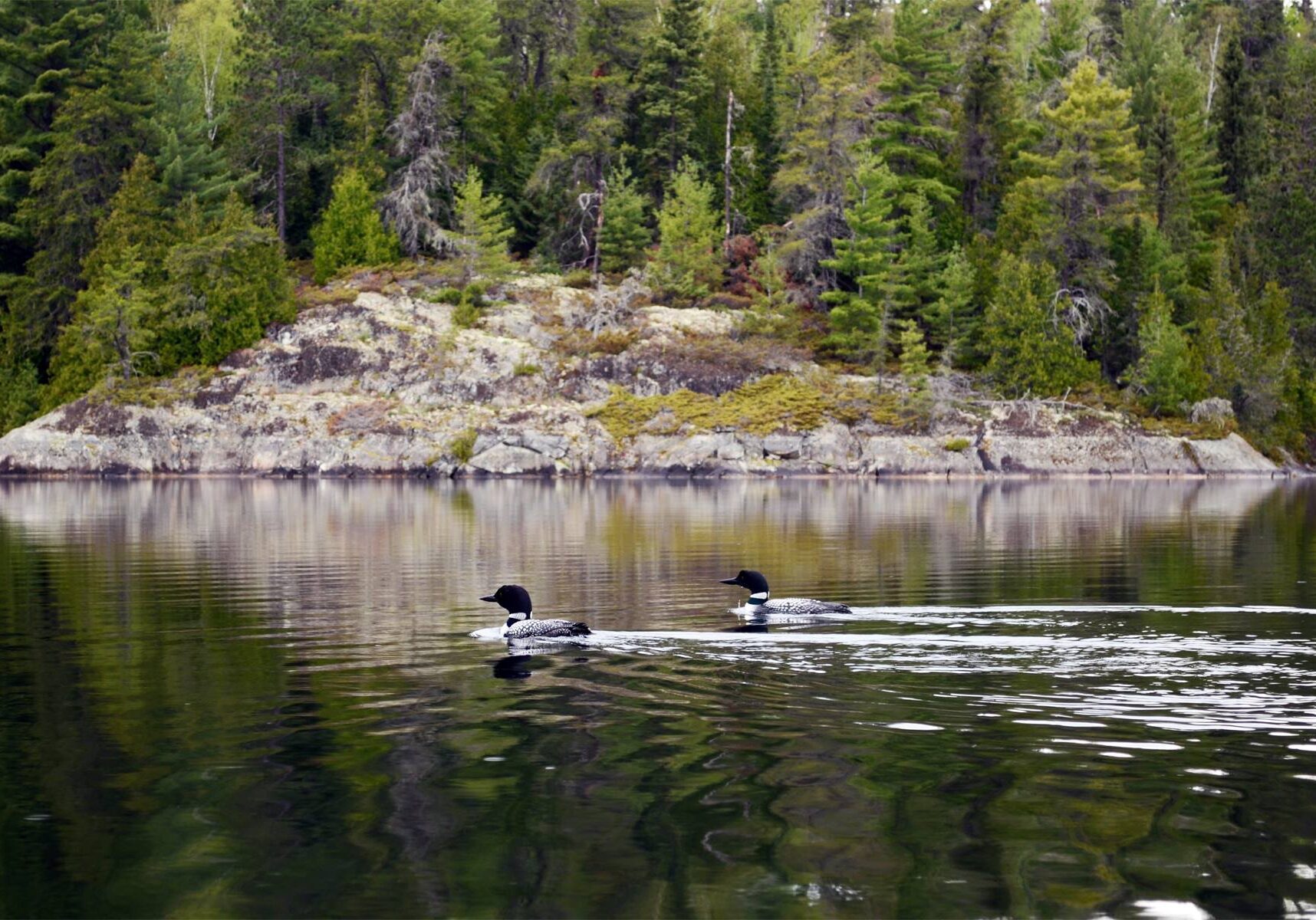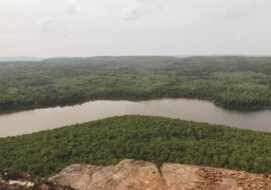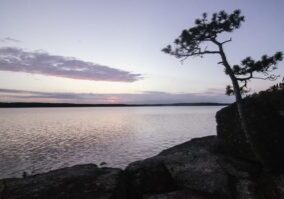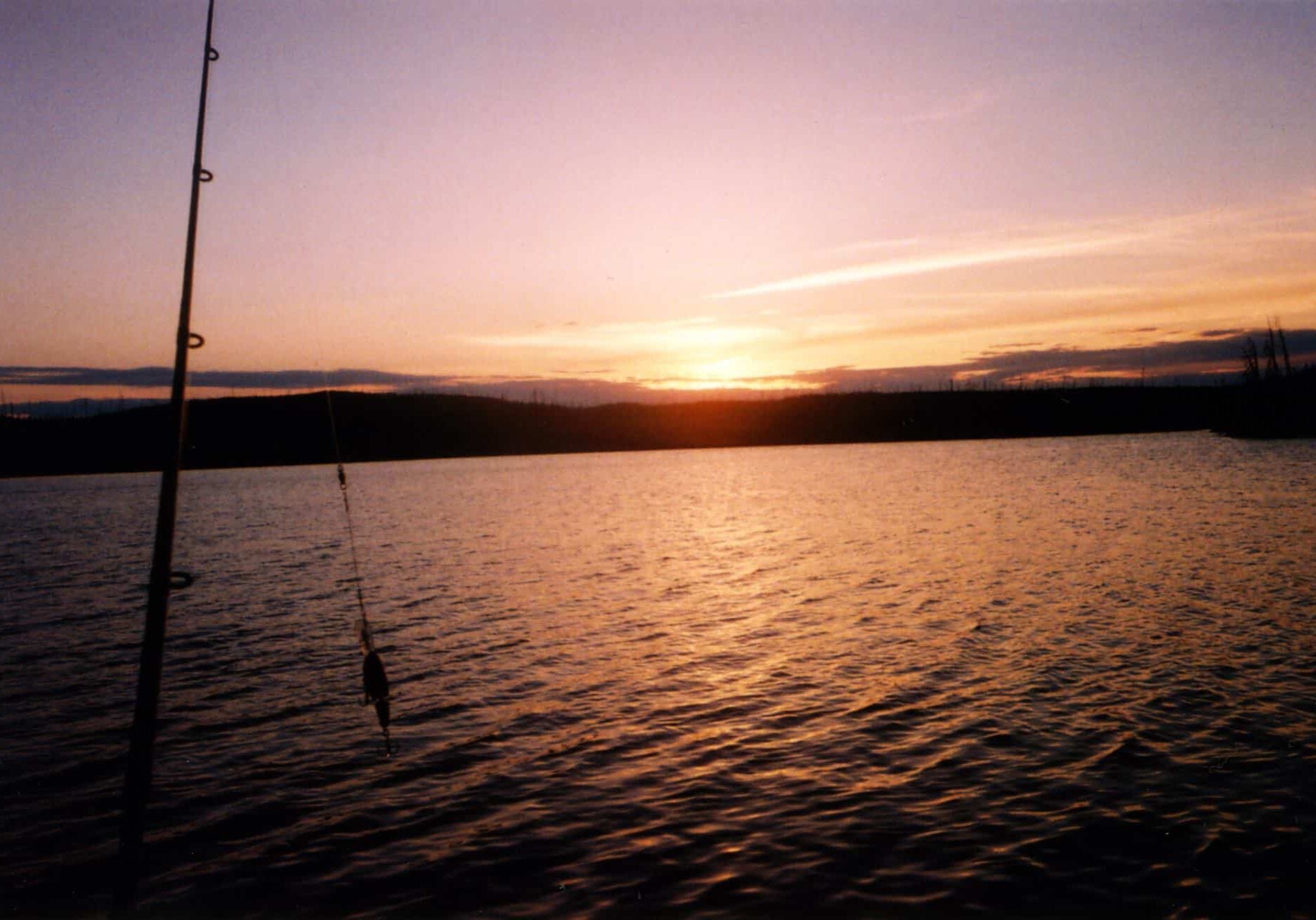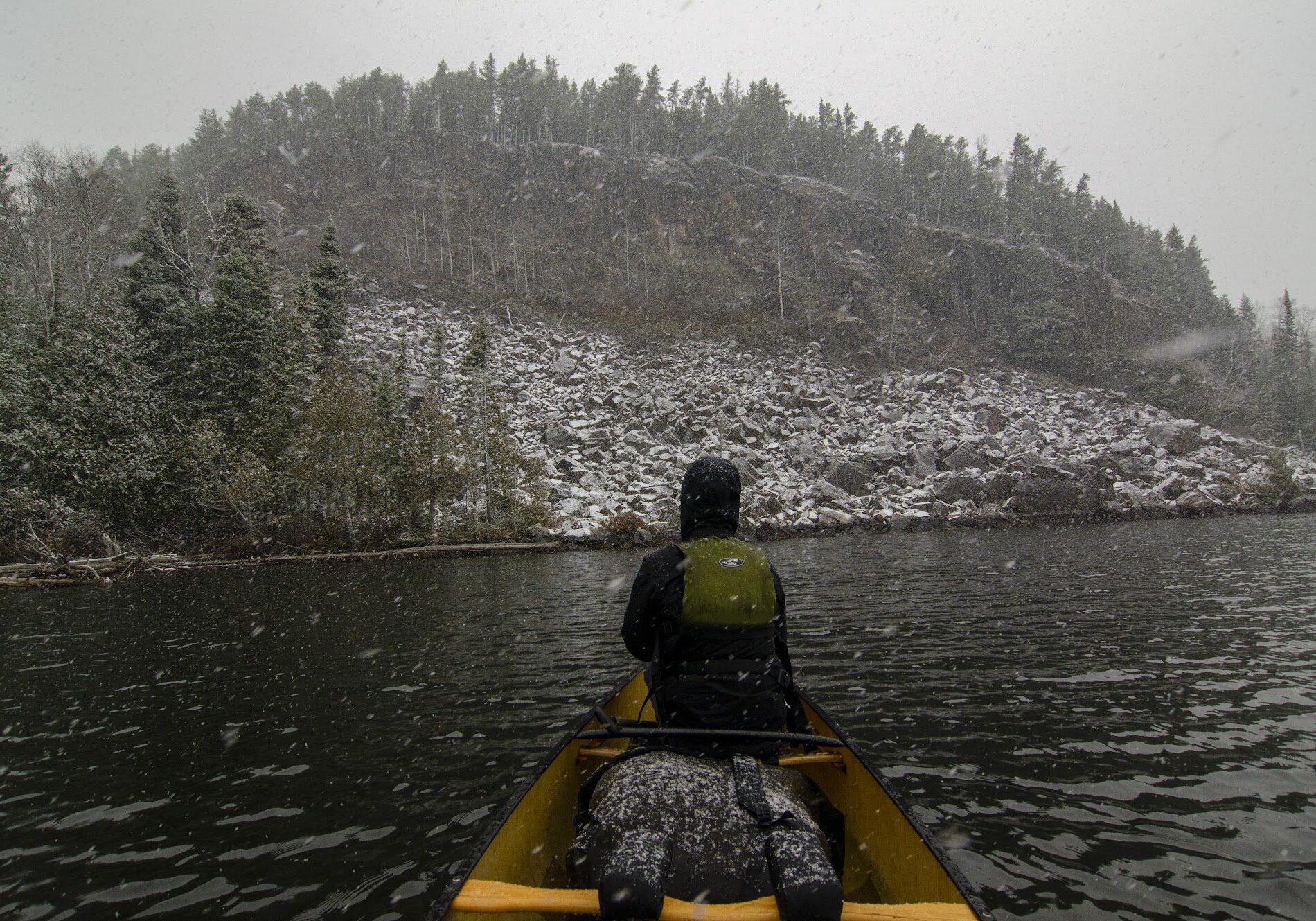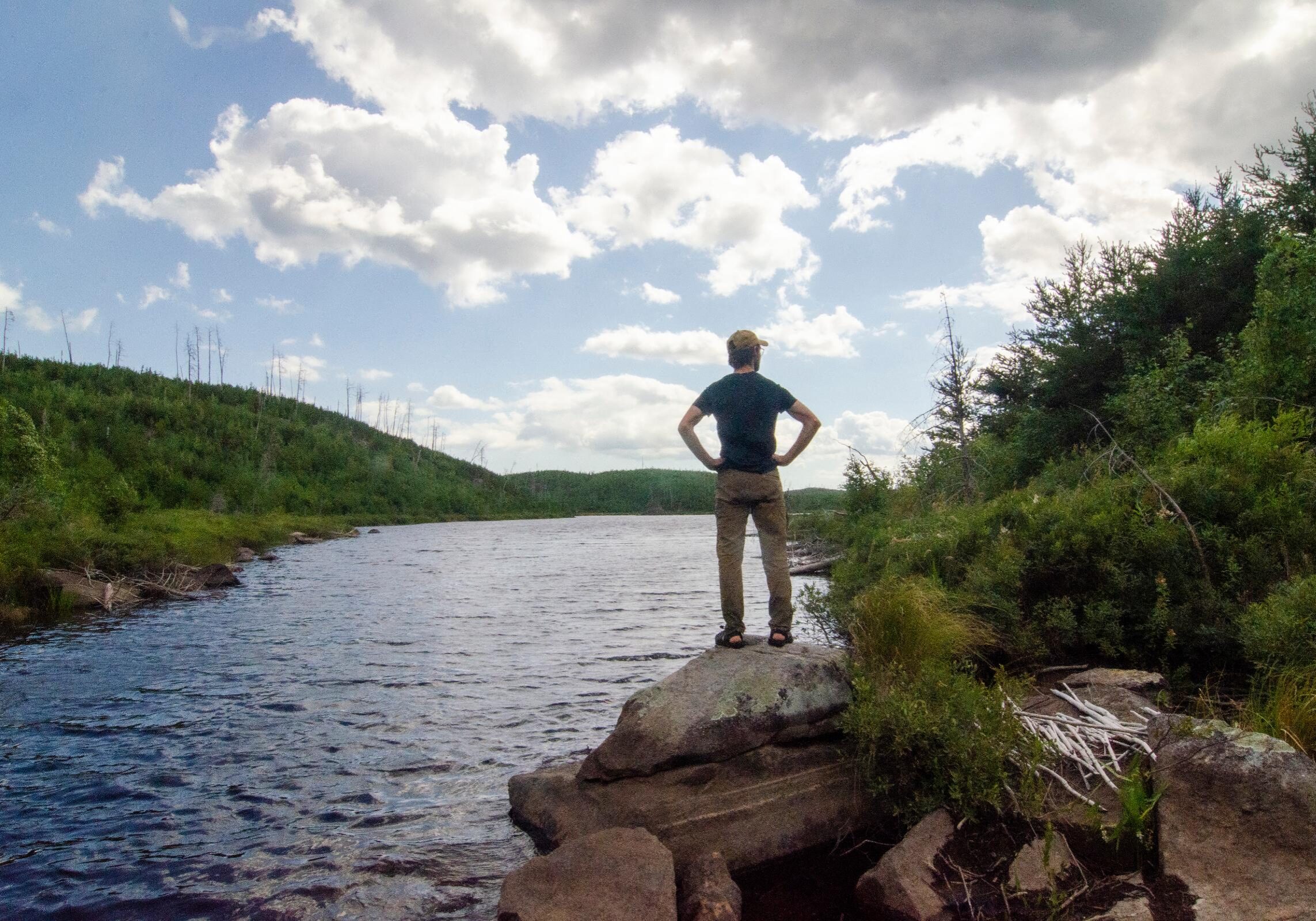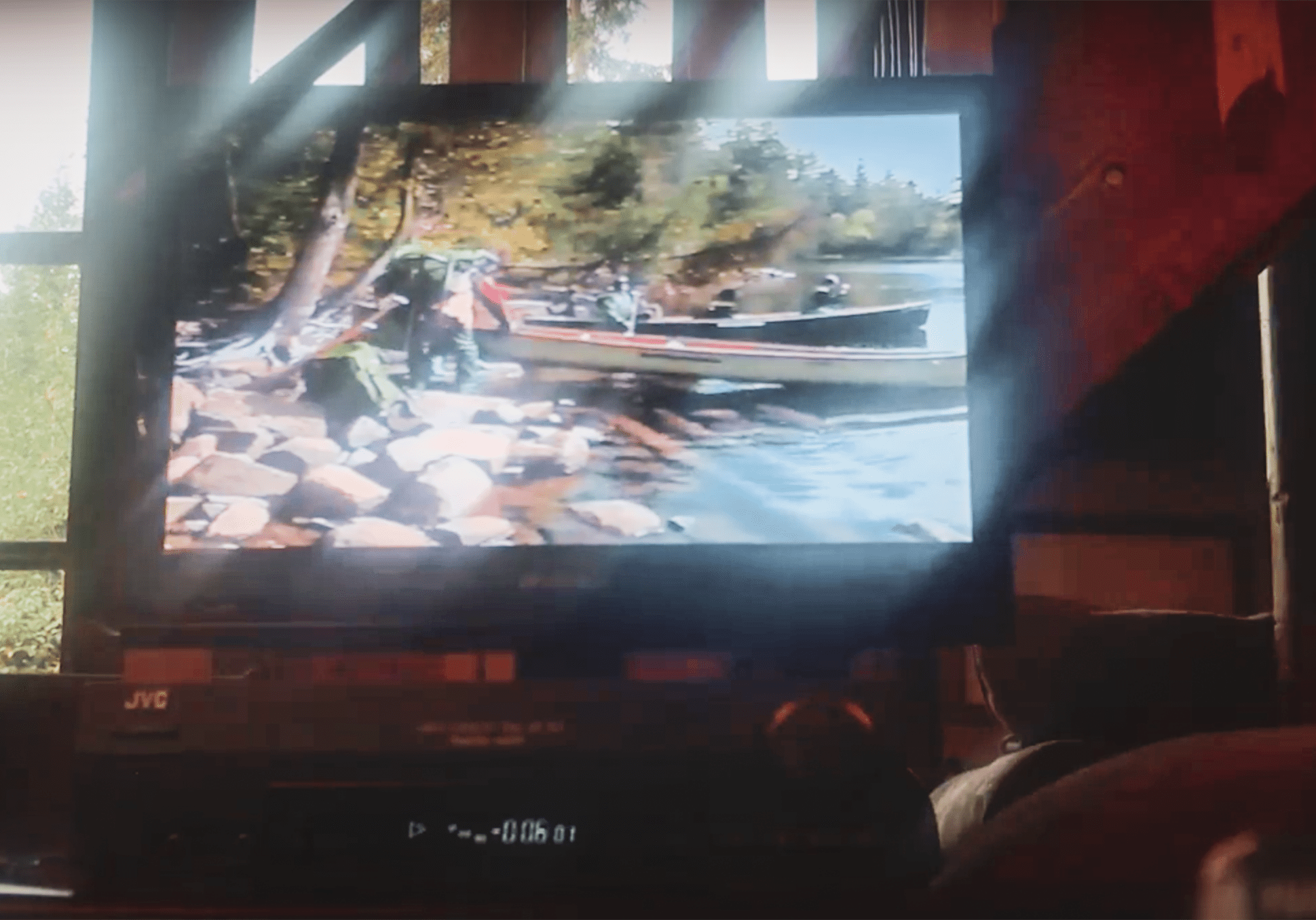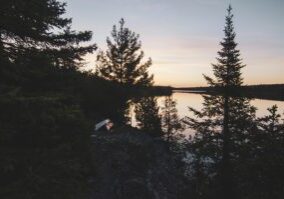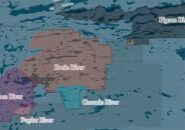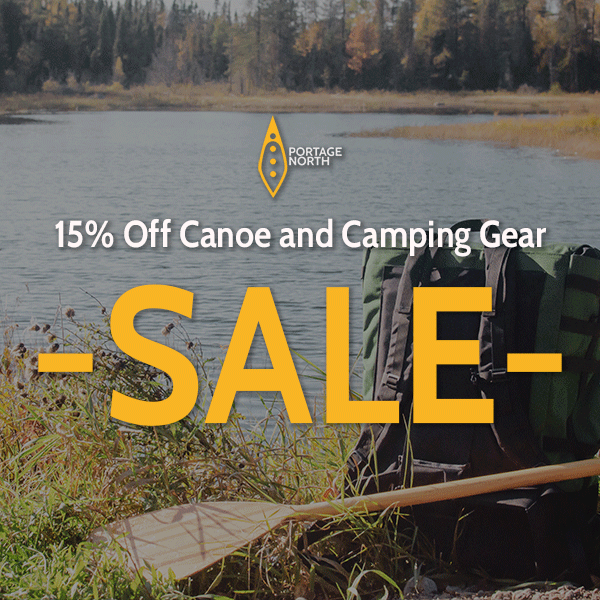Sign up for our newsletter to receive updates about new articles, great deals, and information about the activities you love and the gear that makes them possible:
Have You Read Our Other Content?
Flying South – Where Do the BW’s Birds Go?
Every winter, the forests of canoe country fall silent as so many of the sounds of summer fade with the season. With the coming of winter’s chill, many of the birds that call these wild shores their summer home head south to milder wintering grounds from the rivers of southern Minnesota, the southern states, all…
Map Mondays – Week 6 – Duncan to Duncan
As part of our continuing series on the “route planning game,” we are creating routes using randomly selected entry points, exit points, and number of days to create unique and fun BWCA routes. This week is a nice sightseeing and exploring kind of route entering at Duncan Lake east of the Gunflint Trail. Total Mileage:…
How to Plan a BWCA Route: The Treebear Way
Amidst guiding, outfitting, and plenty of personal trips in between, I’m blessed to have “crossed the line” into the BWCA 88 different times. I look back at all those incredible memories and know beyond a shadow of a doubt that the Boundary Waters still has plenty of surprises in store and so many more breathtaking moments to come. I also believe I…
Map Mondays – Week 7 – Larch Creek to Brule Lake
As part of our continuing series on the “route planning game,” we are creating routes using randomly selected entry points, exit points, and number of days to create unique and fun BWCA routes. Let’s check it out! Total Mileage: 52.5 milesNights: 6Paddle Distance: 42.8 milesPortage Distance: 9.7 miles Day 1: Miles: 13.6Target Campsite: Saganaga Lake,…
The Ten Most Challenging BWCA Lakes to Visit
The Boundary Water Canoe Area Wilderness encompasses over a million acres and 1100 named lakes interconnected by portages and streams, but sometimes that vast expanse can feel a little cramped, especially along entries where larger numbers of groups congregate. For the cynic who feels the BWCA is lacking some inherent quality of wilderness in this…
Three Generations of BWCAW Rules Videos – Side by Side
It’s as ubiquitous of an experience as one can find tied to a canoe trip into the Boundary Waters, and the memories of it are deeply rooted in my childhood as they are for many who make the annual pilgrimage north to paddle the border waters of canoe country. Even now, I can close my…
Map Mondays – Week 4 – Bower Trout to Little Indian Sioux North
As part of our continuing series on the “route planning game,” we are creating routes using randomly selected entry points, exit points, and number of days to create unique and fun BWCA routes. This week’s randomly selected entry points set us up for a cross-BWCA trip. It’s a long, 10-night trip that covers most of…
From the Boundary Waters to Superior – How the Water Falls
The Boundary Waters are one of the premier destinations in Minnesota and across the Midwest, but, as far as water is concerned, the Boundary Waters are not the end of the journey, but the beginning. Most people enthusiastic about the Boundary Waters know that it is divided into two watersheds along an invisible line known…


